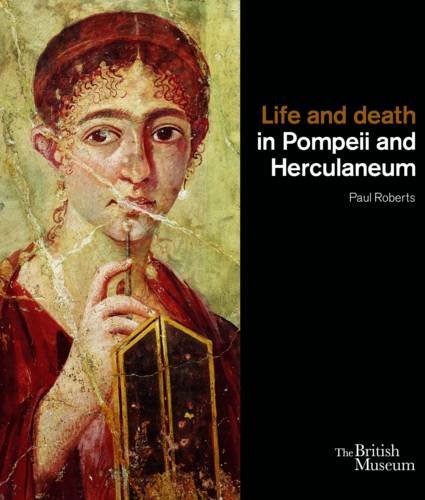Book Review : Life and Death in Pompeii and Herculaneum
 Life and Death in Pompeii and Herculaneum by Paul Roberts
Life and Death in Pompeii and Herculaneum by Paul RobertsMy rating: 4 of 5 stars
I bought this book after going to the British Museums Pompeii exhibition in 2013, but didn’t get around to start reading it until the end of 2016.
The book describes a typical Pompeiian, and by extension Roman, household room by room at the time of the eruption in 79 AD. The book largely follows the layout that was presented in that exhibition, although you don’t have to have gone to the exhibition to appreciate what it describes as it gives you a plan at the start of the book.
It was a great read with many illuminating facts and vignettes around the artifacts that were both at the exhition and found in other parts of Pompeii. It also gives you a context around the rooms and artefacts so the reader can better understand both them and the wider Roman world. The fact that names can be put to owners of some of the artefacts and the familys who inhabited many of the buildings in Pompeii adds to a sense of human connection to real people who lived nearly 2,000 years go – powerfull stuff!
Along with good illustrations and colour photographs it all added up to a great book to read or alternatively dip into.
Book Synopsis
‘Official’ Book Description
This captivating book explores the lives of the ordinary people of Pompeii and Herculaneum – the two cities on the Bay of Naples that were buried by the catastrophic volcanic eruption of Mount Vesuvius in AD 79. The plaster-cast bodies of the victims are the most vivid shocking reminders of the horrific event that made Pompeii famous, but who were these men, women and children so cruelly frozen in time? Exploring striking new discoveries and over 200 sensational artefacts, the author brings the inhabitants of Pompeii and Herculaneum back to life from the ashes and ruins of their own homes.


